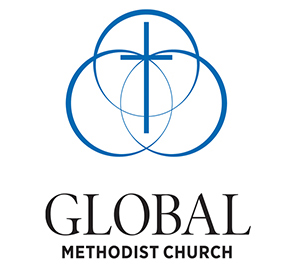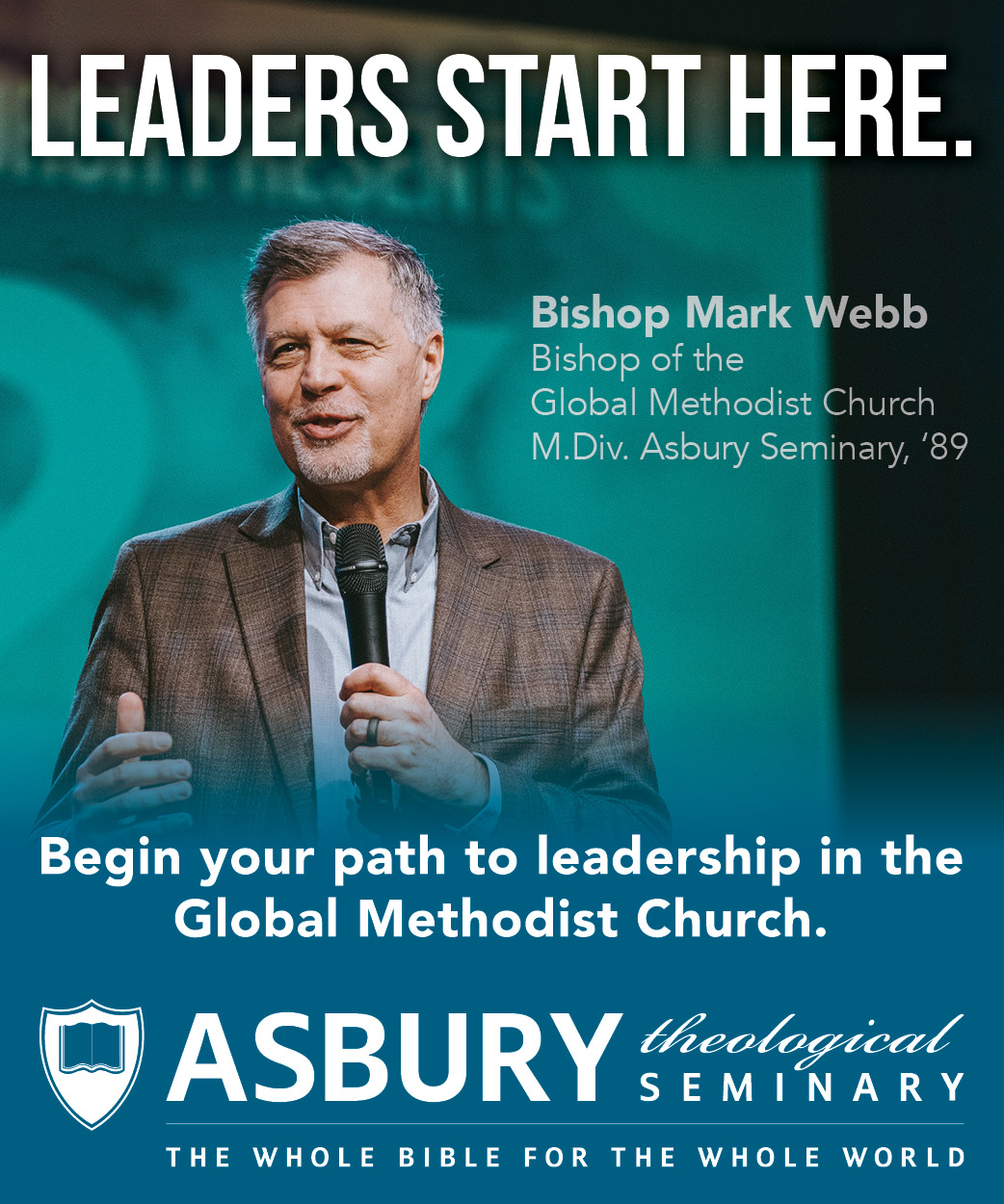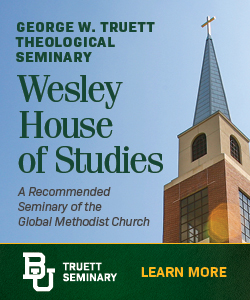United Methodist Communications
Office of Public Information
www.umcpresscenter.org
Lively, vital churches come in all sizes, locations, and settings says a new study commissioned by The United Methodist Church, but they consistently share some common factors that work together to influence congregational vitality. That means what works to make those churches energetic and growing can likely work for other churches too.
Dynamic churches with high attendance, growth and engagement tend to have inspirational topical preaching, lots of small groups including programs for children and youth, and a mix of both traditional and contemporary worship services including contemporary music and multi-media in contemporary services. Other factors include effective lay leaders, rotating lay leadership, pastors who work at developing and mentoring lay leaders, and length of pastoral appointment.
An essential finding of the research was that it’s the combination of factors that contribute to vitality, rather than any one or two.
“We’ve taken a data-driven approach to identify what works for thriving congregations large and small, both rural and urban, all over the U.S.,” said Bishop Gregory V. Palmer, chair of the denominational Call to Action committee that engaged the global consulting firm Towers Watson to conduct the study. “While there’s no silver bullet, we believe these findings can lead to vitality for many more congregations.”
“Lively churches offer more than one style of worship. They work hard to make preaching interesting and relevant. They encourage more lay members to take on leadership roles. They start small groups and keep them going,” Palmer said. “If more churches do these things, we believe we will see measurable positive results over time.”
Robust and comprehensive research on data from various sources using proven data collection and analysis techniques was conducted in order to gain highly statistically reliable information about the cluster of factors that lead to congregations being more vital as evidenced by selected vitality indicators.
The process included interviews with stakeholders across The United Methodist Church, group meetings, and surveys targeted at different stakeholder groups. In addition, data on attendance, growth, and engagement from over 32,000 United Methodist churches in North America was analyzed.
Because of the survey methodology utilized and the high response rate, the report concludes that the findings apply across the whole North American United Methodist population and would be replicated if the study were done again.
While the key drivers of vitality were consistent regardless of church size, predominant ethnicity, and geographic location; there were additional nuances by church size and regional area. For large churches, being representative of the community and having pastors who spend more time on preaching, planning and leading worship had a strong relationship with vitality.
In the South Central and Southeast regions, the length of tenure of the clergy as pastors had an impact, while in the Northeast, vitality was related to pastors spending more time on personal devotion and worship. In the Western region, churches that are representative of the community and have a pastor that leads in the context of the community have a higher association with vitality.
The study identified other factors that did not appear to have a significant impact on vitality, including whether outreach programs are local or global, the number of programs for adults and young adults, the use of experiential activities during worship services, length of sermon, type of music used in traditional services, and whether the pastor graduated from seminary or not.
The Call to Action steering team was created to develop a plan that will lead to reordering the life of The United Methodist Church for greater effectiveness and vitality. Palmer said that the information will be used to develop recommendations about how the denomination should organize, the role of its leaders, and how the church’s culture, structure and processes can be aligned in ways that support vitality in congregations.
The full report is available for review at umc.org/vitalcongregations.






0 Comments